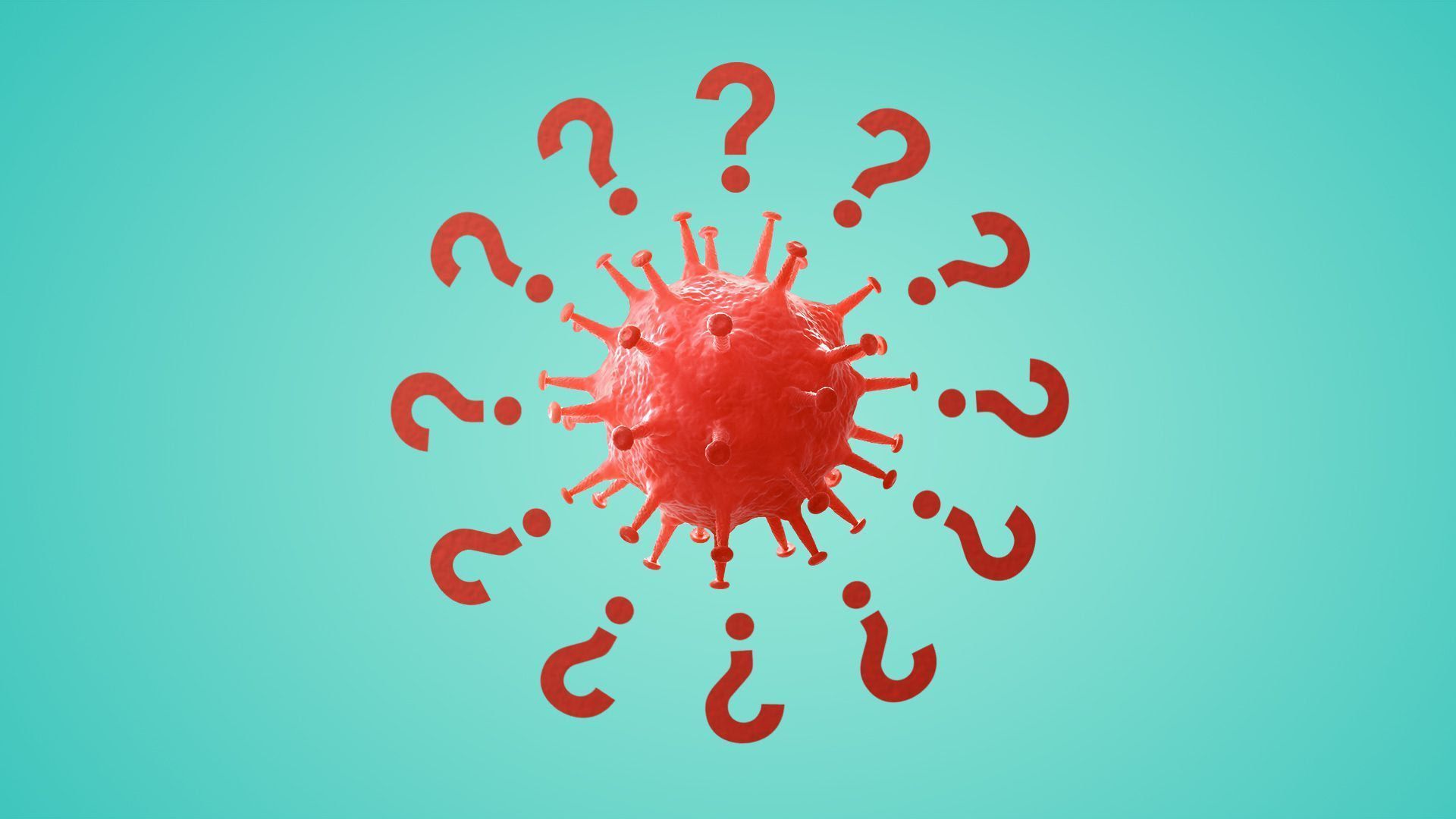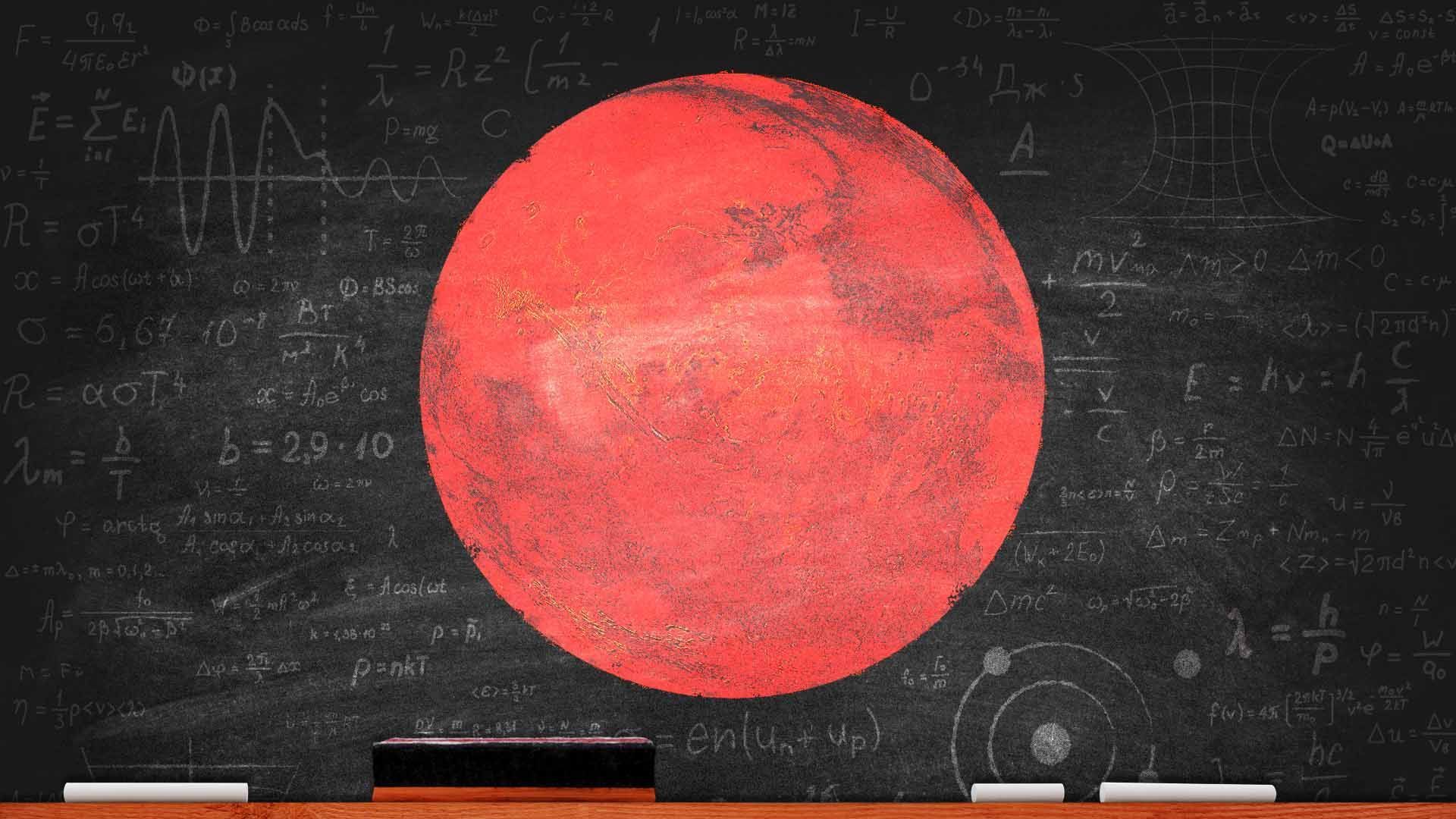| | | | | | | | | | | Axios Science | | By Alison Snyder · Mar 02, 2023 | | Welcome back to Axios Science. This week's newsletter is 1,669 words, about a 6-minute read. | | | | | | 1 big thing: DeepMind's CEO on AI's new territory |  | | | Photo illustration: Aïda Amer/Axios. Photo: Oli Scarff/AFP via Getty Images. | | | | AI is in new territory that demands we be both "brave" and responsible about analyzing its benefits and risks before any release, the CEO and co-founder of one of the world's AI powerhouses told me. "Every time." Why it matters: Demis Hassabis helms DeepMind, the leading AI lab that advanced a technique underpinning much of the field's recent progress and driving ChatGPT and other generative AI tools that are saturating headlines. The backstory: DeepMind — which was co-founded by Hassabis in 2010 and acquired by what was then Google in 2014 — is inspired by Hassabis' neuroscience background, and is trying to understand human intelligence in order to build more intelligent machines. - DeepMind first focused on building computer programs to play strategy games like Stratego and the ancient board game Go — an approach that some experts say could lead to more intelligent machines (and others argue may not).
But Hassabis' "longstanding passion and motivation for doing AI" was to one day be able to "build learning systems that are able to help scientists accelerate scientific discovery," he says. - Last summer, DeepMind reported a version of its AlphaFold program can predict the 3D structure of 350,000 proteins — information that is key to designing medicines and understanding disease but can be tedious and time-consuming to get with traditional methods.
- AlphaFold is the "poster child for us of what can be done using AI to accelerate science," Hassabis says. The company is aiming its algorithms at other scientific challenges, like controlling the fuel in nuclear fusion reactors.
- A version of AlphaFold is open source, which is a key way AI can bring "digital speed" to science, he says.
Yes, but: "It's not the case that open sourcing is a panacea," Hassabis says. - There's been a strong ethos in the AI community that its tools should be open source and freely available — look no further than OpenAI, the name of DeepMind's rival.
- AI developers have to be "bold and responsible," he says. When and how a system is released should involve using the scientific method to understand these systems before they are released, he adds. (DeepMind has an internal ethics review board.)
The big picture: The "deep learning" techniques used by DeepMind and others have given rise to generative AI — algorithms that can be prompted to make predictions, create images or write text. The field's best-known exemplar is OpenAI's ChatGPT, which scans massive amounts of text to learn patterns between words and then respond to text prompts from users. - DeepMind has its own chatbot called Sparrow, which Hassabis first told Time magazine will be released more widely sometime this year.
- It's not just OpenAI and DeepMind: There's Claude (from Anthropic, which was started by former OpenAI employees), Bard (from Google), Ernie Bot (from Baidu) and more.
- "It's not like a magical sort of technology," Hassabis says. Today's generative AIs are "pretty interesting and very useful" but are still "somewhat toy demonstrations" that aren't "fully formed yet."
Read the full interview. |     | | | | | | 2. The missing evidence in the COVID origin debate |  | | | Illustration: Aïda Amer/Axios | | | | The inability to pin down COVID's origins has opened the door to politically charged speculation and fierce debate, but without concrete evidence, people are forming narratives based on incomplete information with major geopolitical consequences, my Axios colleague Caitlin Owens and I write. Why it matters: The lingering questions about how the virus emerged could likely only be filled through intelligence or new information gathered from Wuhan, China, in the early days of the pandemic. - Some experts say the debate over whether the virus jumped from animals to humans or spread after a lab accident detracts from developing measures that could help prevent both scenarios from occurring in the future.
State of play: The debate broadly boils down to whether it's more likely the virus spread from infected animals — such as at a live market in Wuhan to people at and around the market — or that researchers at a laboratory in Wuhan accidentally became infected with a virus being studied and then spread it to others. - Supporters of each theory say the other has at least one gaping hole, although leading scientists generally find the "natural" origin theory involving animals more likely, based on the current evidence.
- But the key information to settle this debate isn't likely to come from studying the virus more or re-analyzing information that's already publicly available.
- And some experts say it's likely the missing evidence — if it ever existed — will never be found.
Details: Supporters of the live animal market origins theory argue that, similar to the first SARS pandemic in 2003, COVID jumped from infected animals held at the Huanan Seafood Wholesale Market to humans at the end of 2019. - Evidence for this theory was published in two papers last July in the journal Science, and placed some of the earliest human cases close to a section of the market where vendors of live wild animals congregated and where environmental samples positive for the virus were clustered.
- But the theory is missing a key datapoint: samples from infected animals themselves, which proponents say may not exist after the market and surrounding farms were cleared.
- Another key piece of missing information is who the earliest infected human cases were and who they were in contact with, Jesse Bloom, a virologist at the Fred Hutchinson Cancer Center, told Axios in an email.
The other side: Lab-leak proponents argue Wuhan is a known international hub of coronavirus research, and there were earlier signs of biosafety problems at the Wuhan Institute of Virology. - The major hole in this case, however, is there's no known evidence that a lab in Wuhan had a virus that could have been the precursor to SARS-COV-2, critics say.
- "If one of those labs had a precursor virus, that would probably change my view entirely," said Angela Rasmussen, a virologist at the University of Saskatchewan and an author of one of the Science studies.
Read the entire story. |     | | | | | | 3. Setting up the next scientific era on Mars |  | | | Illustration: Sarah Grillo/Axios | | | | A fleet of international spacecraft at Mars is laying the scientific groundwork for a new era of exploration at the Red Planet, Axios' Miriam Kramer writes. Why it matters: Understanding Mars is a major priority for NASA and other space agencies around the world, in part because it's one of the best places to search for signs of past life in the solar system. The big picture: The spacecraft at Mars today have been beaming back data and setting the stage for future exploration of the planet. - That future will be defined by more science, more nations aiming for the world, returning samples from it and eventually human missions.
What's happening: NASA's Curiosity rover uncovered evidence of past waves lapping up on a shore high up on Mount Sharp. Project scientists think the wave patterns could indicate that Mars was relatively warm and wet for longer than initially estimated. - Perseverance — another NASA rover — finished setting up a cache of samples expected to be a backup sample return depot for a future mission designed to bring material from Mars back to Earth.
- The United Arab Emirates' Hope probe, which has been orbiting Mars since 2021, has adjusted its orbit to better study the planet's moon Deimos.
- In January, NASA announced it was creating a Mars Sample Receiving Project office that would receive and release samples from the Red Planet to labs on Earth when they arrive on our planet. (NASA also has a laboratory dedicated to lunar material.)
Yes, but: Success isn't guaranteed, even years into a mission. - China's Zhurong rover, which landed on Mars in May 2021 and sent back data also suggesting water was persistent on the planet for longer than expected, appears to be dead on the Martian surface.
- NASA released a series of images from the Mars Reconnaissance Orbiter showing China's rover didn't move on the Martian surface between September 2022 and February 2023.
|     | | | | | | A message from Axios | | Axios Local delivers news for your hometown | | |  | | | | Get a daily digest of what's new in your hometown with our Axios Local newsletters. Now available in 26 cities, with more to come. Subscribe for free. | | | | | | 4. Worthy of your time |  | | | Sperm whales in the Caribbean Sea. Photo: Reinhard Dirscherl/ullstein bild via Getty Images | | | | Whales use "phonic lips" in nose to make loudest sounds of any animal (Hannah Devlin — The Guardian) Three-parent baby technique could create babies at risk of severe disease (Jessica Hamzelou — MIT Tech Review) Many Antarctic glaciers are hemorrhaging ice. This one is healing its cracks (Douglas Fox — Science News) How did life begin? One key ingredient is coming into view (Amber Dance — Nature) |     | | | | | | 5. Something wondrous |  | | | What a whole Aepyornis egg would have looked like when freshly laid, seen in a market near the town of Toliara on the southwest coast of Madagascar. Photo: Gifford Miller/University of Colorado Boulder | | | | One millennium ago, elephant birds — a behemoth towering more than 9 feet tall, weighing more than 1,500 pounds and armored with long, deadly talons — roamed Madagascar as its largest land animal, Axios Denver reporter Alayna Alvarez writes. - But not much more was known about the flightless, feathered dinosaurs — until now.
Driving the news: New research from CU Boulder and Curtin University in Australia, published in Nature Communications Tuesday, is shedding light on a previously unknown, separate lineage of the ostrich-like giants, and confirming where they fit into the evolutionary tree. - Although the elephant birds found in Madagascar's far north were closely related to those of the central area, the study shows their genetic makeup and diets were distinctly different.
Of note: Unlike most discoveries of this nature, this one was made without access to any skeletal remains, which have largely been lost in a hot and humid climate. Instead, it came from the shells of their 1,000-year-old eggs — which outsize footballs. - Elephant bird eggshells are significantly thicker than any others. That better protects the DNA trapped inside and allows scientists to get a much clearer picture of how these creatures lived, from what they ate and drank to where they nested, and how.
Why it matters: "This opens up a field that nobody would have thought about before," paper co-author Gifford Miller said in a statement. - Researchers say the "pioneering achievement" will unlock new insights into the full diversity of birds that once inhabited Earth and why so many species have gone extinct.
- "There's surprisingly a lot to discover from eggshell," said lead author Alicia Grealy, who conducted this research for her doctoral thesis at Curtin.
Living in, working in or longing for Denver? Sign up for our daily Axios Denver newsletter. |     | | | | | | A message from Axios | | Axios Local delivers news for your hometown | | |  | | | | Get a daily digest of what's new in your hometown with our Axios Local newsletters. Now available in 26 cities, with more to come. Subscribe for free. | | | | Big thanks to Caitlin Owens for writing with me this week, to Aïda Amer on the Axios Visuals team and to Carolyn DiPaolo for copy editing this edition. |  | | Are you a fan of this email format? Your essential communications — to staff, clients and other stakeholders — can have the same style. Axios HQ, a powerful platform, will help you do it. | | | | | | Axios thanks our partners for supporting our newsletters.
Sponsorship has no influence on editorial content. Axios, 3100 Clarendon Blvd, Arlington VA 22201 | | | You received this email because you signed up for newsletters from Axios.
To stop receiving this newsletter, unsubscribe or manage your email preferences. | | | Was this email forwarded to you?
Sign up now to get Axios in your inbox. | | | | Follow Axios on social media:    | | | | | |
No comments